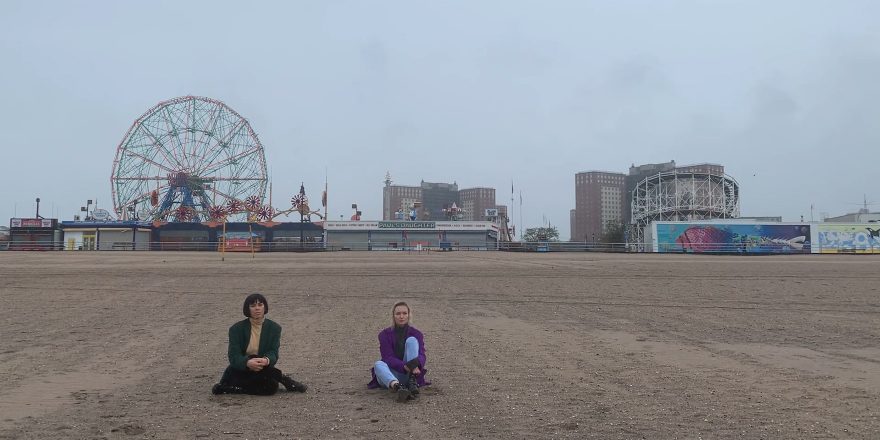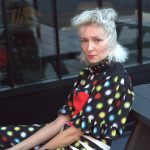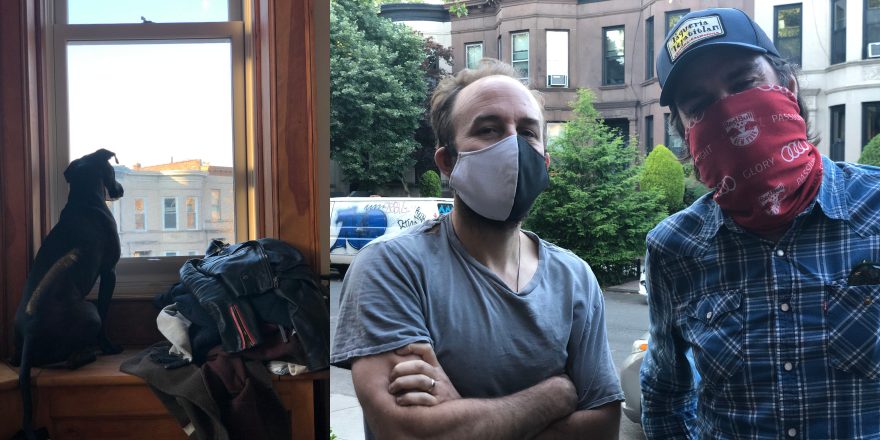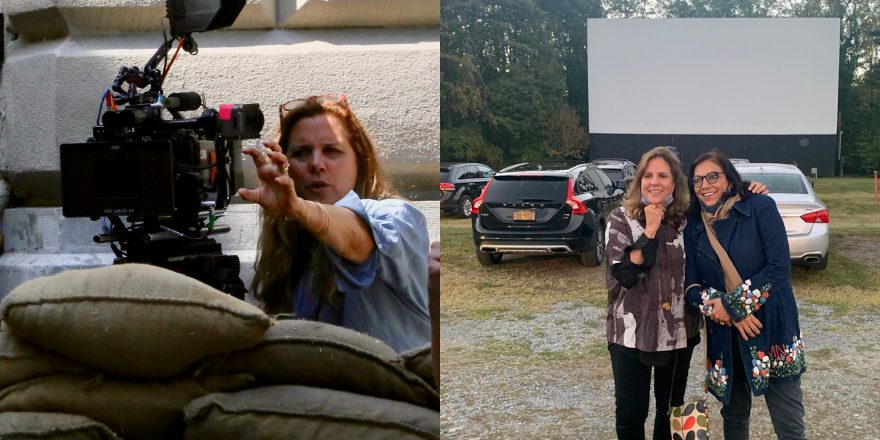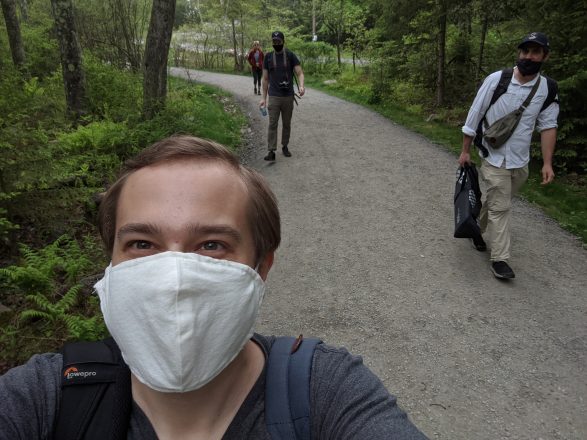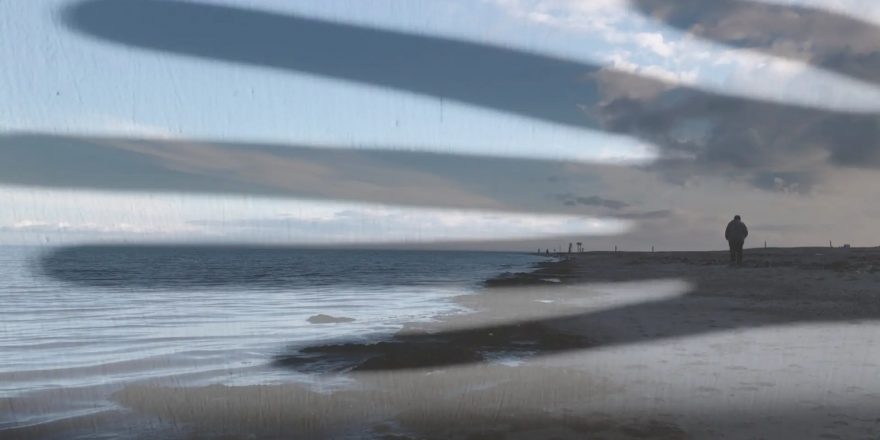I’m always curious about how we frame things. How we choose a story to tell about an event or experience. And what lies beyond these stories?
Throughout 2020, I developed a practice of making short little projects. I filmed them with a cell phone, in response to various rich stimuli of the year. As I looked at all those short films in preparation for writing this piece, a part of me got embarrassed because they didn’t seem as good as I had imagined them to be. They are low-key and there is minimal sound design. Taken out of the context of the pandemic, do they even make sense? At the same time, another part of me recognized that not everything has the same function or has to be neat and wrapped with a bow. That maybe the purpose of this practice was to stay creative when all artistic work was canceled, or that maybe it was meant to be therapeutic, or to express some feeling of the moment, or to make little mementos of the year, or … Who knows.
I remember the first two videos I made were in response to something that pissed me off.
In April, United Solo Theatre Festival in New York City put out a call to artists to record 30-second videos sharing our perspectives on the world at that time. I was really annoyed by people saying they’d never complain about their lives again after the lockdown was over, so I recorded this.
At the same time, I was getting angry about the outspoken expression of other people’s desire to “go back to normal.” I understood where it was coming from. It was a very difficult time. And so much of the so-called “normal” was soul-crushing and unkind to all life. Mostly though, I think I was just angry about my own inability to dream about a better world. I would do so to a point, but then I’d feel that what I was thinking about was impossible. If I couldn’t even dream, how could I move forward?
So I asked a bunch of people to write a sentence or two about the world they actually wanted to live in. And then to use that dream as a prompt to create a movement phrase, a short physical response to what they dreamt about. A straightforward interpretation, an embodiment of what they felt about the dream, or something else. It didn’t need to be cheerful, though it could be. I was interested in how we dream, what we dream about, and what feelings come up when we do. I put it all together and called it Dreaming Space.
I traveled to Manhattan on May 4, 2020. I don’t remember why. Taxes, I think. I was just setting off on my way back, when I got this sudden urge to film everything around me. Like, oh my goodness, this is such a special time, and I am not documenting it – what is wrong with me? So I did a two-hour “dance” with my cell phone, moving around (mostly) empty spaces, filming things. Someone once said that stories help us make sense of the world. I had that feeling after editing the footage. (When I look at it now, though, it seems strangely normal.)
In May, I also went to a big empty SEPTA station in Philadelphia to film a music video for my friend Mira Treatment, for a song she wrote during quarantine called “Supernatural Displays of Yearning.” Her live performance project, which I was to be a part of, got canceled. So instead she decided to make a video with each participant. I talked to her recently and she said her most vivid memory of that day is of being half-naked at a train station (as I made her change into her second outfit). She was visibly worried about being outside. (We wrapped it up as fast as we could.) She says now how happy she is to have the video as a memento of that time.
I started filming this gem in response to many people being cooped up inside and the emotional rollercoaster it entailed. I think I planned it as a series…
When the protests in support of Black lives escalated, I was sending footage from the ones I attended to a filmmaker friend in the Netherlands who was making a film about 2020 and collecting material from all over the world. I guess he knew how to frame it. I didn’t. To be completely honest, it was the first time in my life I participated in anything political strongly and consistently, physically, financially, verbally … and just doing that was enough to digest for the moment. I didn’t know how to make films then. I think I was also scared to do it wrong.
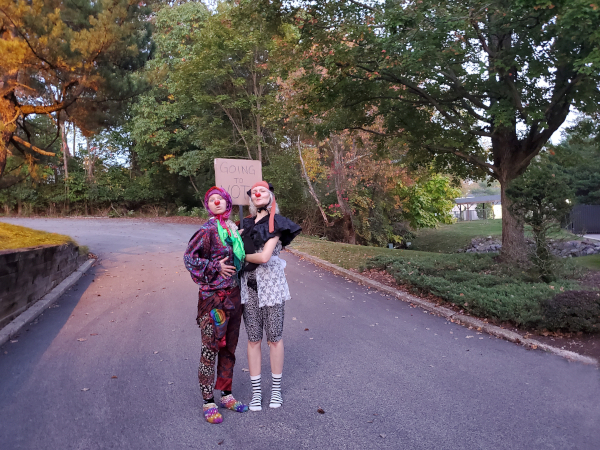
Politics came back in October. Although, as my friend Katie Frank says in one of my films, “Anything anyone does is art, anything anyone does is a political act …” So clowns, namely Julia Brandenberger and myself, got together to remind people to vote. I reached out to Julia with an idea and she responded with an enthusiastic yes. Her boyfriend filmed us. It was a good day.
What started as a very rainy day and turned out to be a magical experience – not in spite of, but because of the rain – was the making of my last short of 2020, Kapustochka. A dreamy film I created with NYC dancer Andrea Clinton and her husband Karl Clinton, a Swedish composer and sound designer. Andrea wrote to me in September expressing her desire to make something. I was performing a solo show, An Encounter, at the Philadelphia Fringe Festival, so we only got together in October. She wanted to be in a duet with somebody. For some reason (or maybe for obvious reasons), an image of two bodies in deep embrace, totally pushed into each other, came to mind. And the rest followed. Her phone turned out to be waterproof. Her husband filmed us.
To offer another frame or story, while not disregarding others and simplifying, I could say: I am a lucky person who had the energy, unemployment insurance (at some point), friends, daily practices, and time to be able to do all of the above in 2020.
Now, what is the truth beyond all the stories?



